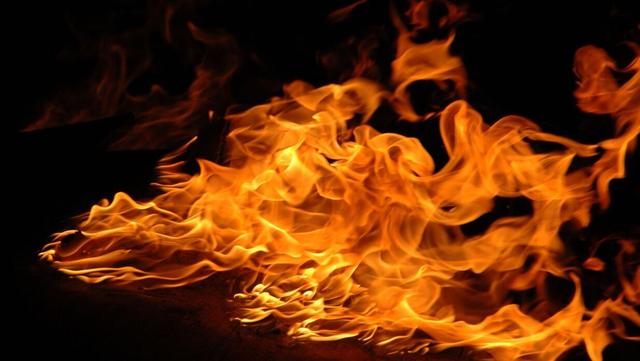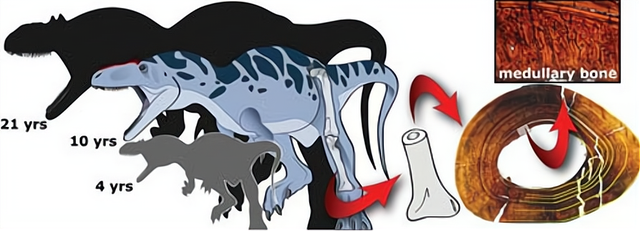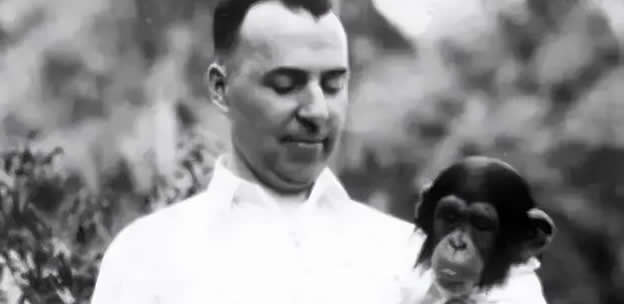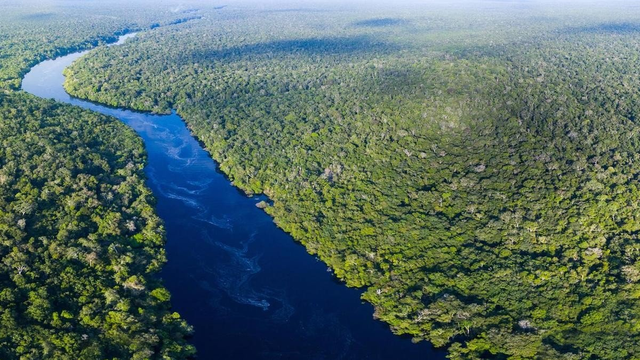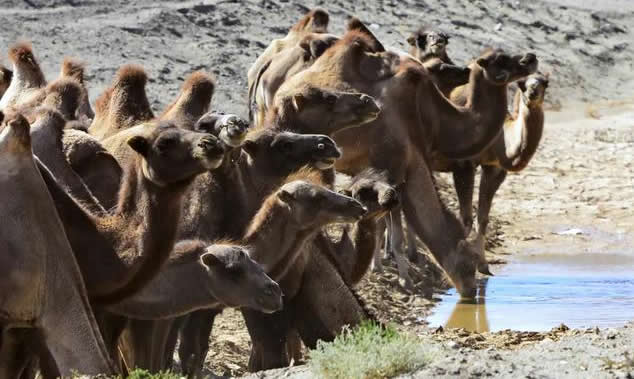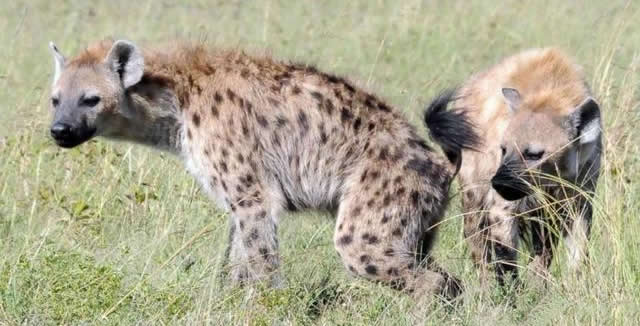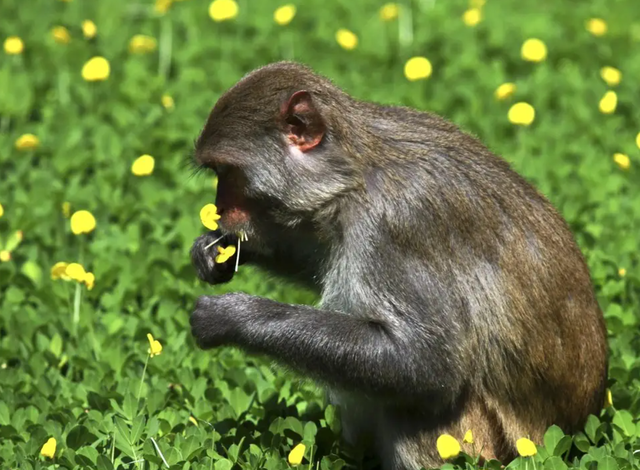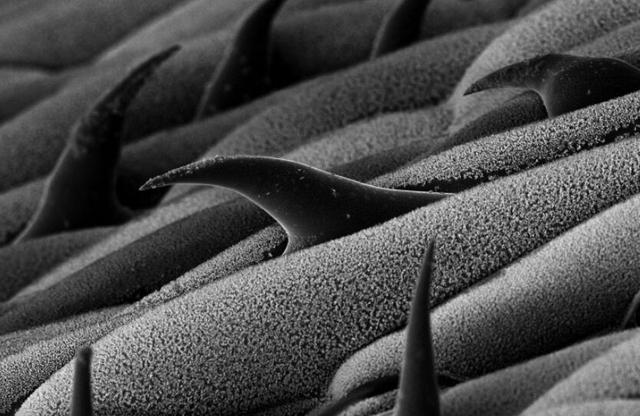In the history of human development, "Learning to use fire" Was undoubtedly a very important point, as through the manipulation of fire, human beings were able to process various ingredients in nature into easily digestible and absorbable cooked food, to exert a powerful deterrent on other animals, to dispel darkness and cold, to harvest light and warmth, and thus step by step, a glorious civilisation has been created.
In fact, there is another kind of fire manipulator in the wondrous nature - the eucalyptus tree - which perfectly illustrates the idea that "A wildfire never dies, but a spring breeze grows again".
Eucalyptus is the collective name for the eucalyptus, corymbal eucalyptus and cucurbitaceae of the family myrtleaceae, the order of dicotyledons.

Research has shown that the leaves and branches of the eucalyptus tree are rich in a volatile aromatic oil, also known as eucalyptus oil, which is highly flammable, with a flash point of around 50 degrees celsius, and a higher calorific value than petrol.
Eucalyptus trees grow quickly, and as they do so, their dead branches and leaves accumulate on the ground, creating a thick layer of flammable material that, in hot, dry or windy conditions, can start a blazing fire with just a flash of lightning, a spark or even the scorching sun.
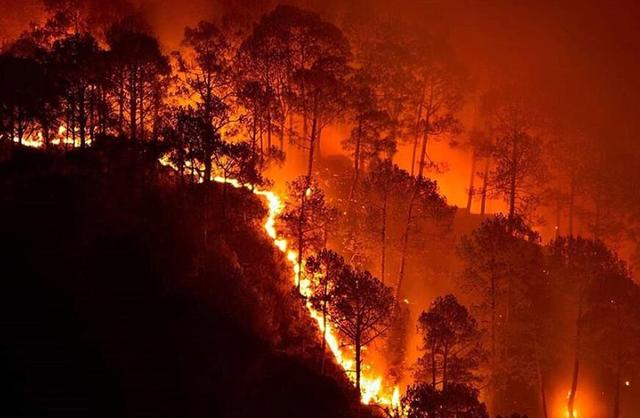
As you can see, eucalypts seem to start fires on purpose, but why have they evolved this 'talent'?
Researchers have analysed historical data on forest fires around the world and found that forests where eucalypts have been dominant have almost always been preceded by large forest fires, and that after each fire, eucalypts have almost always grown rapidly and gradually gained an absolute survival advantage.
So the answer is that by manipulating fire, eucalypts can effectively 'fight' their competitors (i.e. Other plants), so another question arises. Let's read on.

Eucalyptus trees are tall trees with the distinctive feature that most of their branches and leaves grow above the treetops, while the lower part of their trunks are originally 'bare'. The ducts inside the trunk, which are used to transport nutrients, are buried deep in the centre of the trunk.
In the event of a fire, the eucalyptus branches and leaves (both those that have fallen to the ground and those that have grown on the tree) burn quickly because they are rich in eucalyptus oil, which quickly ignites other plants while effectively reducing the ongoing damage from the flames.
Although the trunk of a eucalyptus tree is also likely to be scorched in a fire, its interior is protected by the bark with relatively little damage, so most eucalypts will survive as long as the fire is not particularly aggressive.

Beneath the bark there are many dormant buds which, when exposed to the heat of the fire, will 'come back' from their dormant state and, usually within two weeks, fresh young leaves will emerge from the seemingly lifeless trunk, a miracle of life.
In addition, the seeds of eucalyptus trees usually have a hard outer shell, which cracks open after the heat of the flames, and then sprout rapidly.

In contrast, other plants around eucalypts do not usually have as strong a 'fire strategy' as eucalypts, so after a fire these plants are often burned and never recover, and the ashes they leave behind are turned into nutrients in the soil to help the eucalypts grow even stronger.
The eucalyptus tree is a perfect illustration of how a wildfire can never be destroyed, and how by manipulating fire, the eucalyptus tree is able to "Fight" Its competitors in a way that "Hurts a thousand". By controlling the fire, the eucalyptus tree keeps on "Fighting" The competitors around it in a way that "Destroys itself and hurts a thousand", which is also a manifestation of the fierce competition between various species in nature.

